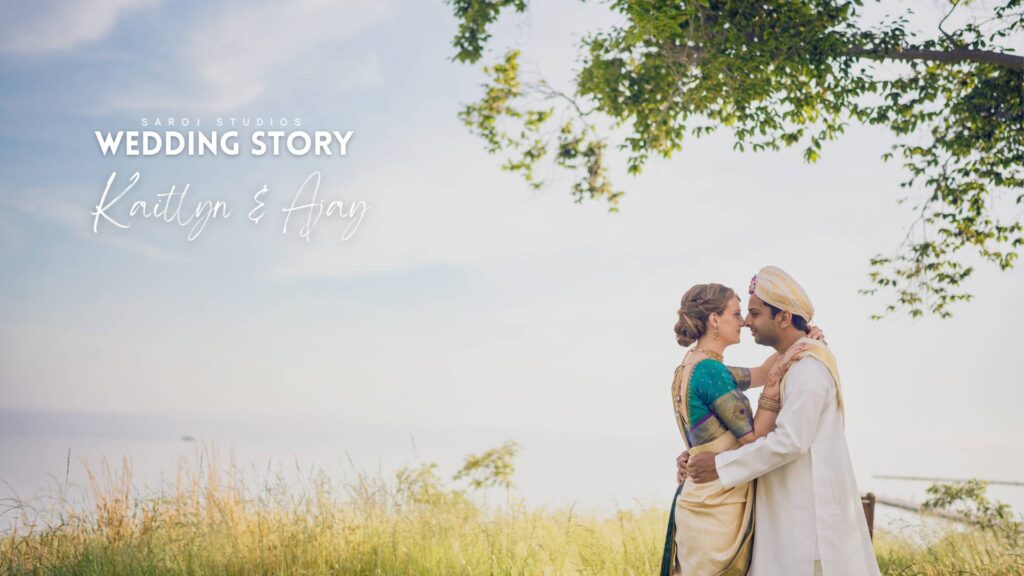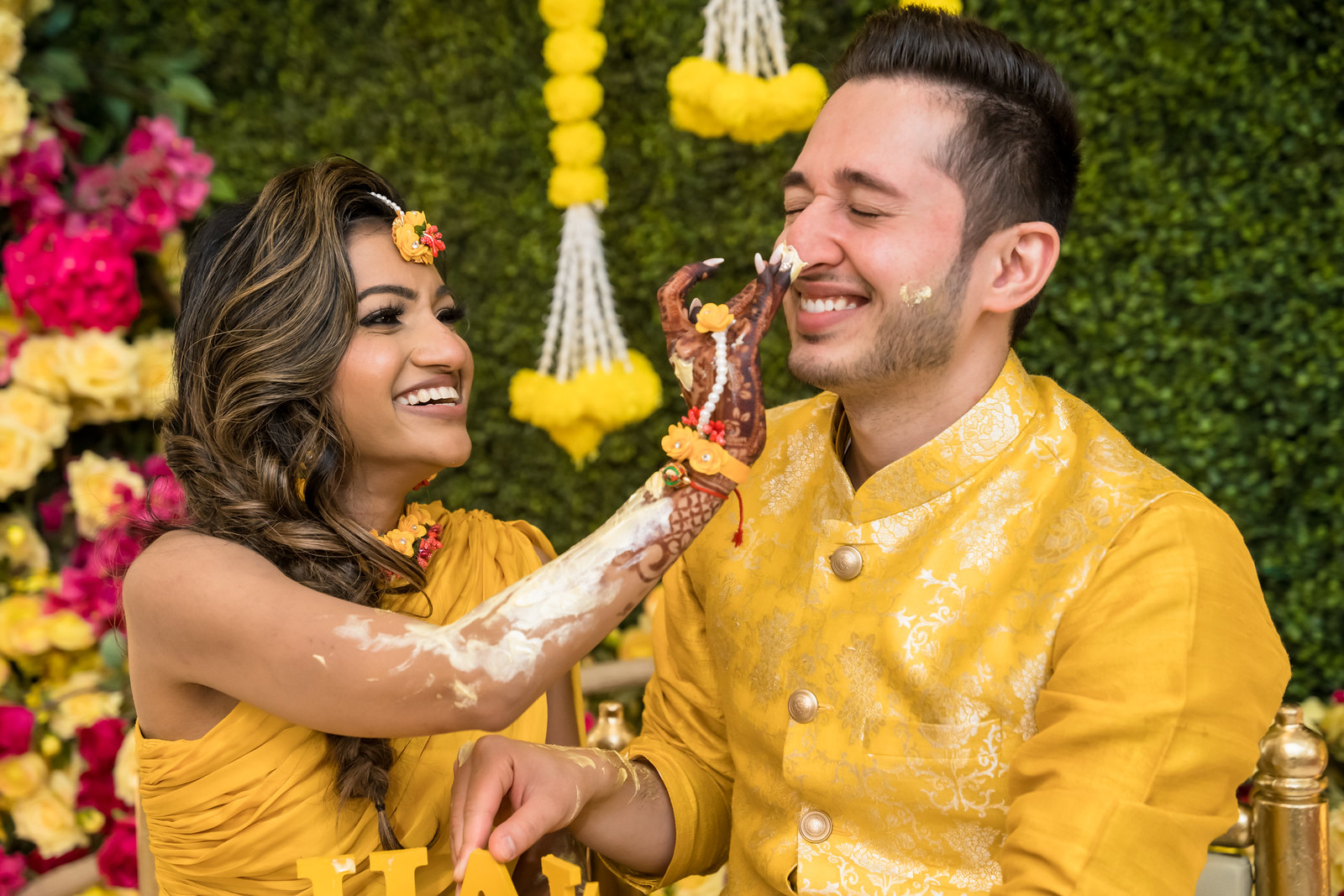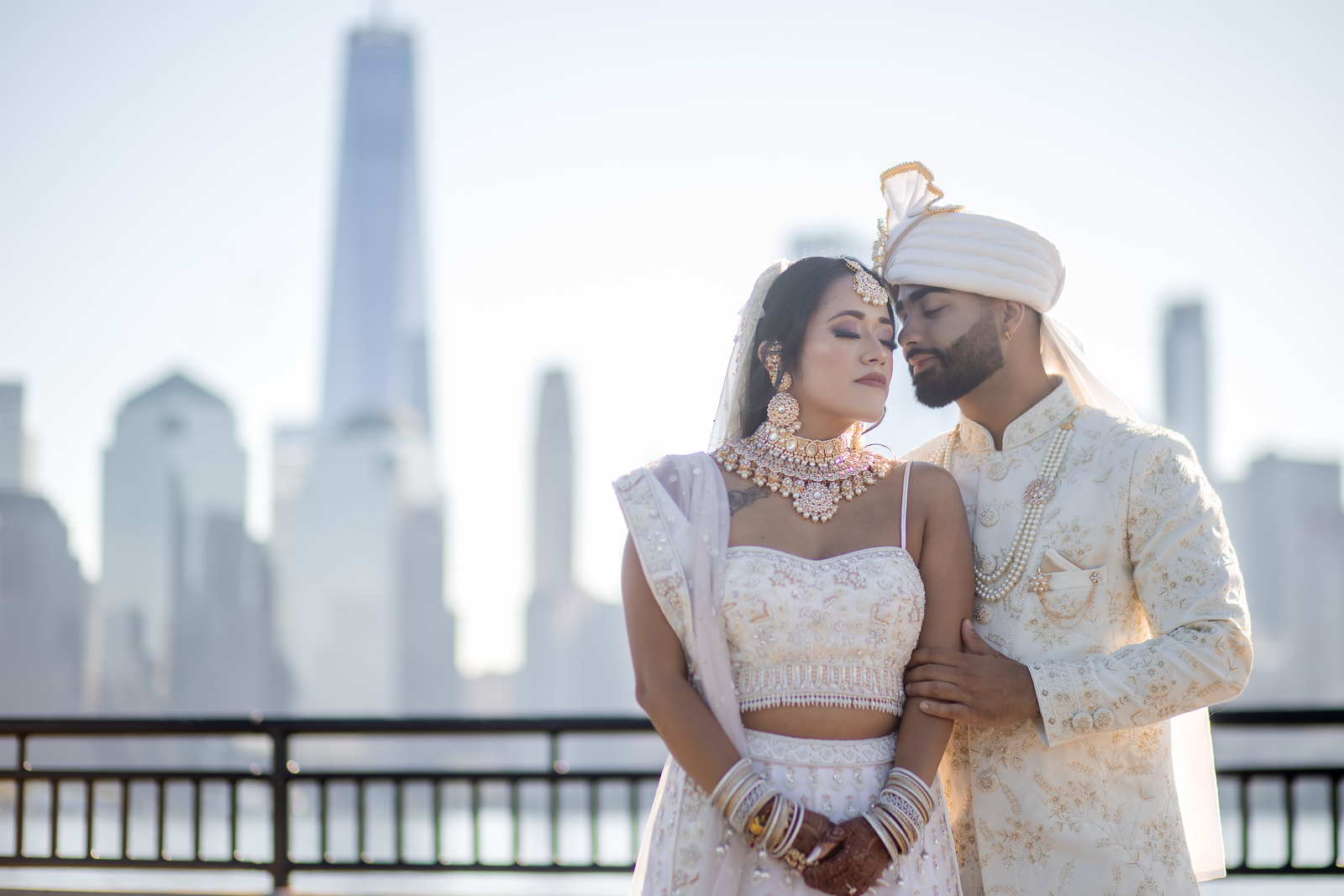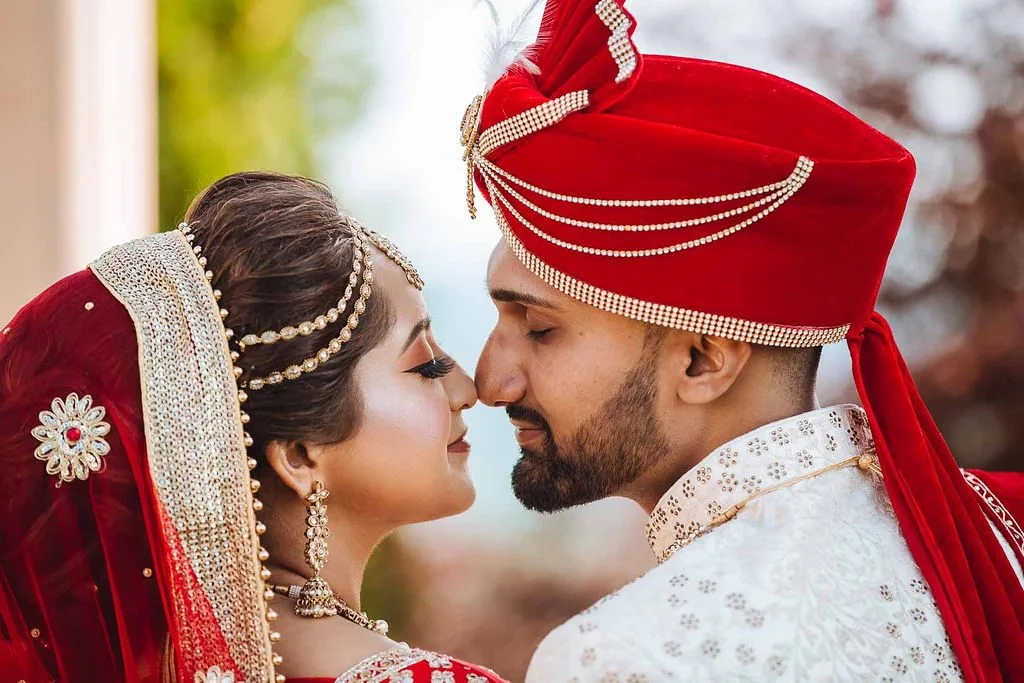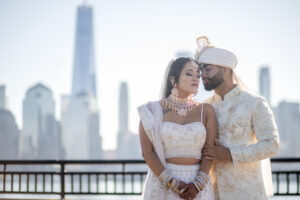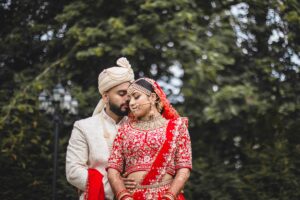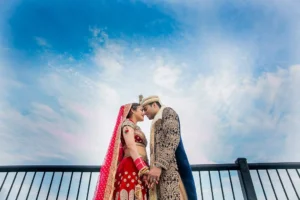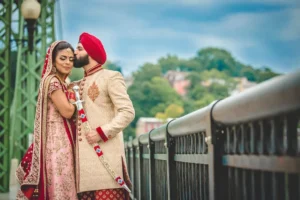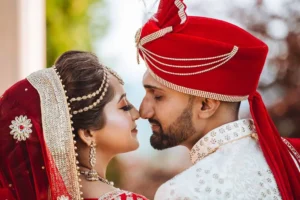Indeed, there is something incredibly lovely and alluring about Christian weddings. Let’s examine its traditions and practices in-depth to see how they differ from those in the west. Don’t you just like the glowing beauty of a Christian bride in a soft white gown? Every lady wishes she had a Christian wedding just from seeing her go down the aisle all out in flowers! Let’s take a look at some of the traditions and ceremonies associated with Christian weddings in India, so you can plan your big day accordingly.
Christian Wedding customs
- Engagement ceremony
Before every Christian marriage, there is an engagement ceremony. This celebration is being hosted by both sets of parents as a statement regarding their children’s upcoming wedding. The same is also communicated to the churches.
- Wedding shower
The bride and her friends are the only guests at this private event. Her friends give her gifts for the bridal shower. In this instance, the bride receives a pink cake that conceals a thimble. The next in line to get married is reported to be the girl who receives the piece with the thimble.
- Bachelor Party
To celebrate the end of his single status and the beginning of his married life, the groom’s friends throw him a bachelor party.
- Roka ritual
The Roka ritual is the only component unique to Indian Christian weddings that is not present in western unions. It is a Christian adaptation of a Hindu ceremony called Haldi. North Indian Christians participate in this event, also known as Haldaat. Haldi paste is applied to the pair. The bride and groom are anointed with coconut oil and juice during this ceremony in south India.
Christian Wedding Day Rituals
- The Bride’s Entrance
On her special day, the bride makes a dramatic entrance. She arrives in a car that her intended sends and the best man she has chosen meets her there. She is accompanied by her father as they walk side by side into the event. The bride is given over to the groom, who then waits for her before exchanging vows.
- Saying the Vows
The pair then says their wedding vows aloud. You can write up personal vows that you would love to say to your partner and make life-long promises.
- I do
The priest’s request for the couple’s agreement during this most crucial stage of the wedding is significant. When the response is yes, the marriage of the bride and groom is then declared. Their first kiss as a married pair is exchanged.
- Tying a wedding thali to formally declare the union
Our Indian Christian grooms wrap a thali (Mangalsutra) around the neck of their bride, a custom that is not observed by westerners. Christians from South India often adhere to this.
- Throwing the bouquet
A bouquet held by the bride is thrown at single women after the wedding ceremony. The person who caught it is expected to soon be married.
Post- Marriage customs
- Reception
For their friends and family, Christians believe in providing extravagant wedding festivities. Confetti is thrown their way after their wedding. Everyone can eat and drink at the location. The pair cuts a cake and joins in on the dancing with the group. The Goan and Konkan Christian weddings typically have European and Konkani cuisines.
Christian wedding traditions in India
Protestant Christians’ customs
Every Protestant marriage is overseen by a separate church that has its own set of rituals. The Episcopal Book of Common Prayer is used for all Protestant marriages, including those of Episcopalians, Lutherans, Presbyterians, and Baptists. The following are some customary ceremonies connected to their weddings:
- Requesting God’s blessings: The opening prayer at a Protestant Christian wedding is an invitation to everyone to pray to God before the couple is wed. The priest continues by reading from the Bible.
- The giving away of the bride: The priest poses the query, “Who gives this woman to be married to this man?” to the bride’s mother and father in this instance. Vows are exchanged after the parent exchange “I dos.
- The couple then exchanges their vows, which they may have written themselves or which they may have chosen from a predetermined list. Between the bride and the groom, the rings are exchanged. The pair lights unity candles as a sign of their union. The closing ceremony with a sermon by the priest follows. After being declared married, the couple kisses.
Knanaya Wedding Customs
Knanaya rites are quite distinct from other religious practices. Important traditions include: –
- Othukalyanam, often known as the wedding ritual when the marriage is declared and the rings are exchanged.
- Chantham Chaarthu and Mylanchi Ideel
These rites are for both the bride and the groom and are serene and beautiful. They take place at their homes and can either take place the day before the wedding or on the morning of the wedding day. Henna is used to decorating the bride’s hands and feet, and the husband is groomed as well.
Saint Thomas and Keralan Christians’ wedding customs
The Saint Thomas Christians adhere to several extremely traditional Hindu wedding customs, such as the thali around the bride’s neck and the giving of the Mantrakodi, the bride’s first gift from her fiancé.
Aachaarakalyanam is a Keralite Christian tradition in which senior members of the bride’s family visit the groom’s home and set the wedding date. The two families then gather at the bride’s church. Manasamatham is the name for this. The ceremony culminates with a banquet for all guests where engagement rings are exchanged. The church is the location of the wedding. All Keralite brides dress in thalis called minnukettus.
While a Christian wedding in India generally adheres to Western standards, it incorporates numerous Hindu traditions, making it much more traditional and Indian.
Post-wedding festivities – Reception
Following the wedding ceremony, the couple leaves the church with loud cheers from the guests and confetti showers from them. All of the invited guests and the bridal couple move to a banquet hall to attend the wedding reception. Here, a wedding feast is customarily served, and the guests make a toast to the happiness of the happy couple. The best man and maid of honor may or may not give remarks, but the bride and groom always cut the wedding cake and share the first two pieces with each other before serving the rest to the guests. To encourage the guests to dance, a live band or DJ may occasionally be present.
We appreciate you reading this article from our series of cultural wedding guides about South Indian Christian weddings. With this firm basis in knowledge, you are now equipped to plan and design an artistic, story-driven wedding that respects your customs and culture. We wish you the absolute best!!

